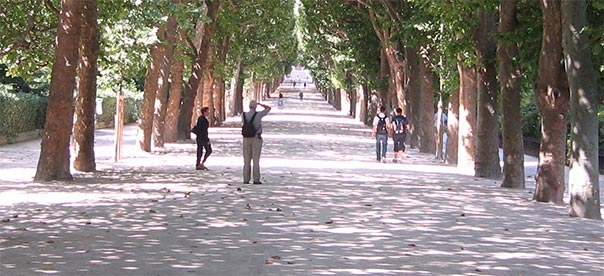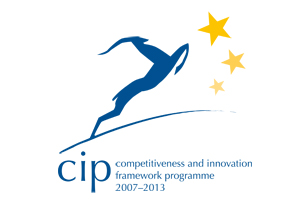 D3 Conserving biodiversity, ecosystems, and landscapes
D3 Conserving biodiversity, ecosystems, and landscapes
| Main Menu | Module GSTC HTO | Previous | Next |
 |
|
| GSTC HTO Environmental Benefits and Impacts |
|
|
D3.1 Conserving biodiversity, ecosystems and landscapes - wildlife |
|
|
Wildlife species are not harvested, consumed, displayed, sold, or traded, except as part of a regulated activity that ensures that their utilization is sustainable, and in compliance with local to international laws. INDICATOR: • There is evidence of compliance with local to international laws for any harvesting, consumption, display, sale, or trade of wildlife. GUIDANCE: • Best practice is a sustainable management plan developed with scientific experts which includes strategies, current and future plans and considers any other threatening process affecting the wildlife. |
Example Travelife for Accommodations:
The business ensures that wildlife species are not harvested fro m the wild, consumed, displayed, sold, or internationally traded, except as part of a regulated activity that ensures that their utilisation is sustainable and in compliance with local and international law. INDICATOR: The business demonstrates legal compliance in respect of all activities involv ing the use of wildlife species. The business can also demonstrate that all activities involving wildlife are sustainable. |
| Main Menu | Module GSTC HTO | Previous |
Next |

























































